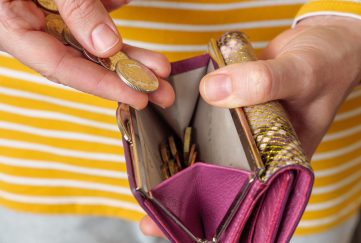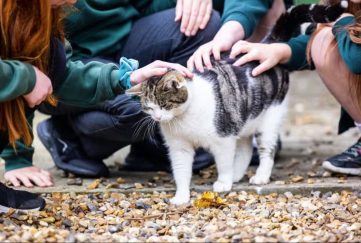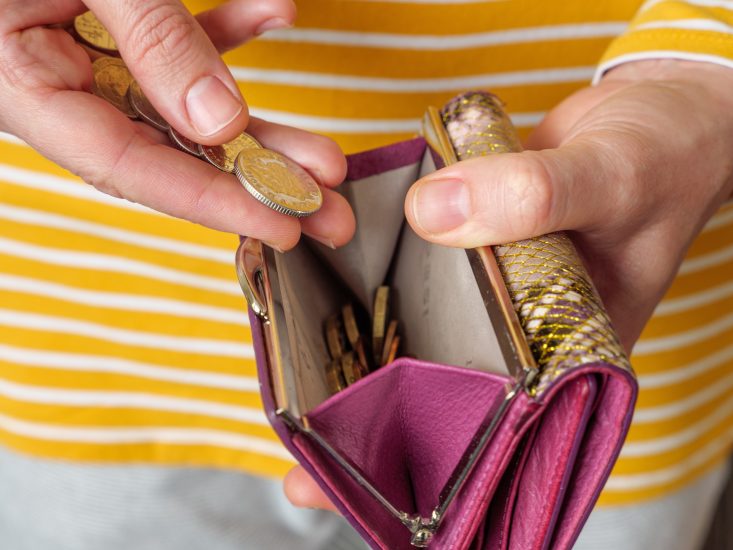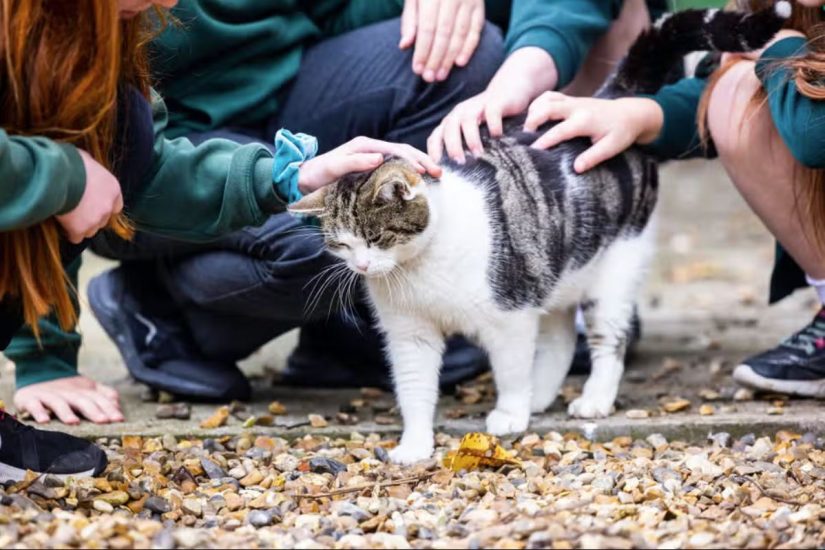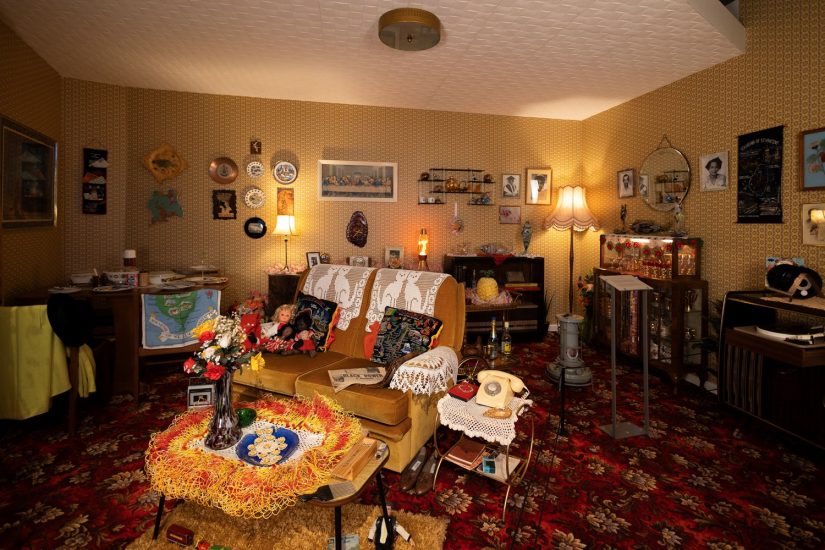What Makes a Good Pancake?
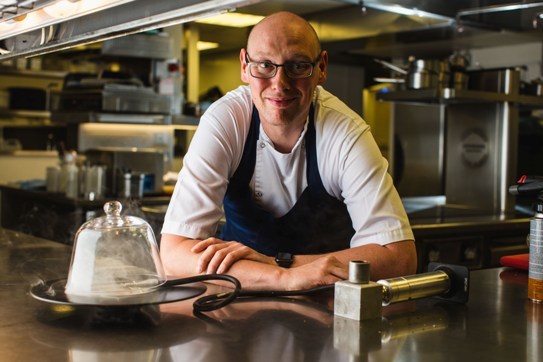
Pancake Day is fast approaching and we couldn’t resist sharing some tips for you!
But first, the approach of Shrove Tuesday sparked off a fascinating discussion in the office. When you say “pancake”, what exactly do you mean?
A Pancake or a Crepe?
We quickly established that when Angela talks about pancakes, she means the small, round, slightly risen variety much-loved in Scotland. To people elsewhere, they’re Scotch pancakes or – to Shirley, whose mum was English – drop scones.
But in Scotland, they’re simply pancakes, and the bigger, flat affairs that are tossed, folded and served with lemon juice and caster sugar are crepes. But of course, if you’re not in Scotland, those are pancakes.
Long live linguistic differences – we love them! And we also love pancakes of all shapes and sizes – they’re delicious no matter what you call them.
From the Experts
Our Cookery Editor, Marion, has a confession to make.
“I don’t usually make them these days! However, I used to make pancakes when my son was little and followed the way my mother always made them. She used to insist on letting the batter rest for at least half an hour before cooking. Some people prefer to fry them in oil because butter can burn easily, but she’d use a little butter and wipe the pan between each one. We’d generally have our pancakes with lemon and sugar. If I were having pancakes now, I’d probably go for something savoury, maybe baked with cheese, mushrooms and spinach, or for a special treat, one of the recipes in this week’s issue – the Austrian Kaiserschmarrn is particularly tempting!”.
Steve Smith, Head Chef from Michelin starred Bohemia, agrees with Marion’s Mum, and has kindly shared some more tips on making sure your batter is the best.
Better Batter
Ensure that you have good batter by keeping all of the ingredients at room temperature. Mix the dry ingredients in one bowl and the wet ingredients in another. Incorporate the two bowls of ingredients by making a well in the dry ingredients and pouring in the wet mixture. Stir gently until all of the ingredients are combined and moist.
Don’t worry about the lumps in the batter! Once they are on the griddle they will cook out fine. If you overwork the batter the pancakes will turn out tough and chewy.
Rest the Batter
It may be difficult to resist but it is crucial to allow the batter to rest for a minimum of five minutes. This will give the gluten, which you have created from mixing the batter, time to relax and for the lumps in the batter to smooth out. This will give the pancakes a thick consistency and they will turn out fluffier. The rest period will give you time to clean up and prep your pancake toppings.
Add Flavour
If you are bored of your usual pancakes with lemon and sugar, add flavour into the batter instead. My favourite ingredients to add include spices, citrus zest, herbs, ginger, cinnamon, vanilla extract, chocolate chips, raisins, cheese or sweetcorn!
Make it Fun
Make shapes with your pancakes by pouring the batter into a metal pastry cutter or mould. Alternatively you can pour the batter into a squeeze bottle and draw your design directly onto the pan.
Keep Them Warm
Pancakes are best enjoyed fresh from the pan, but if you do make a whole batch at once keep them warm by arranging them in a single layer on an oiled cooking rack. Place them in a preheated oven at 80°C for a maximum of 15 minutes.


